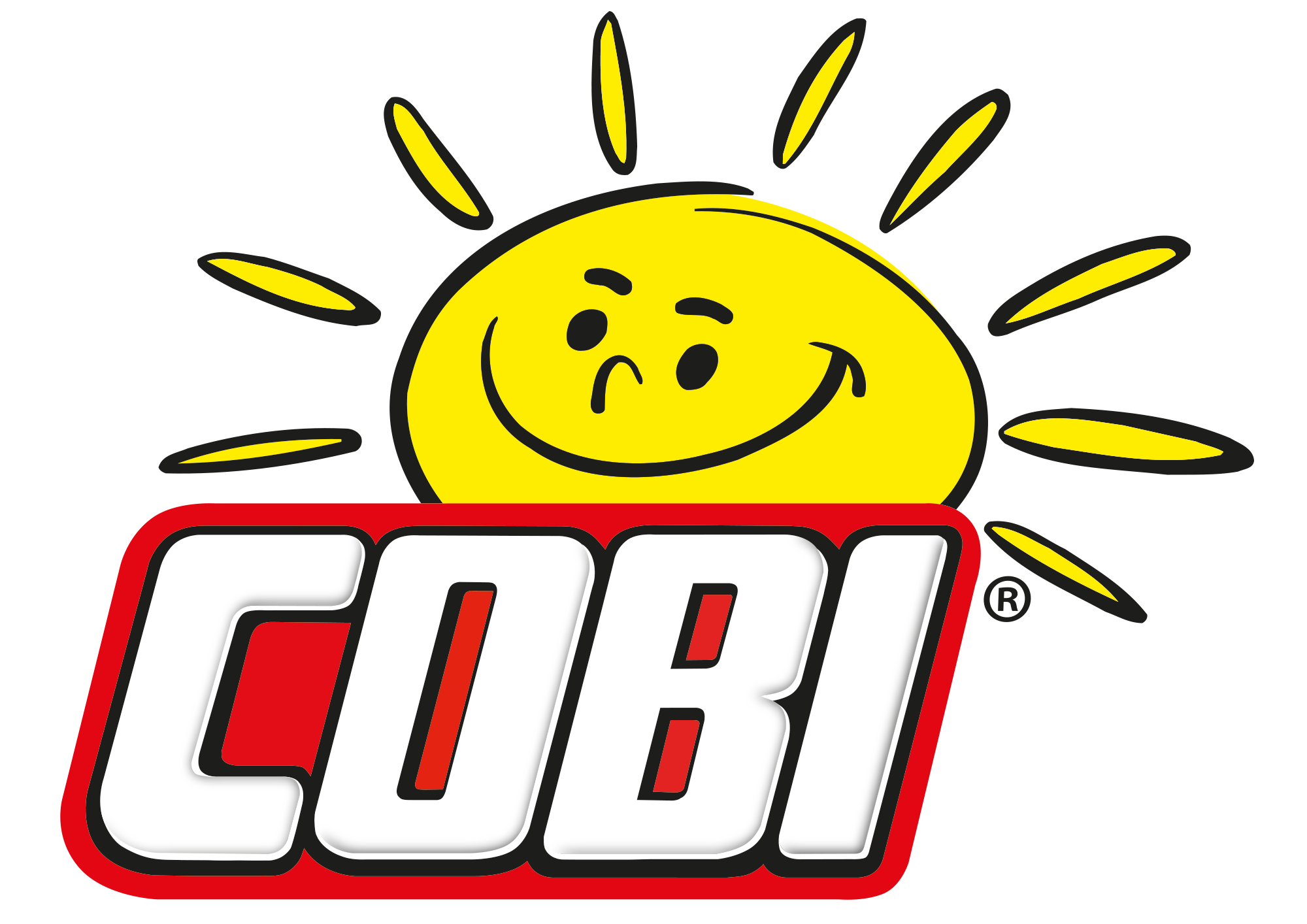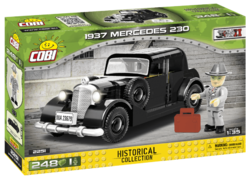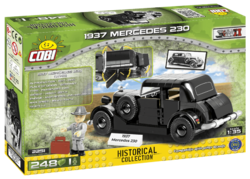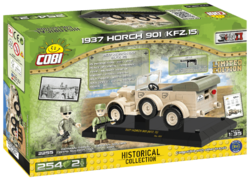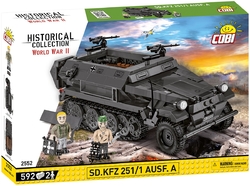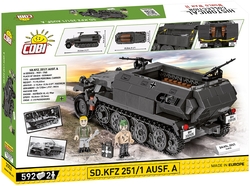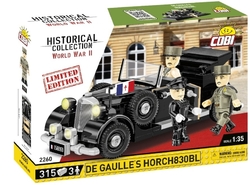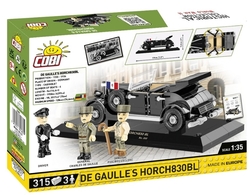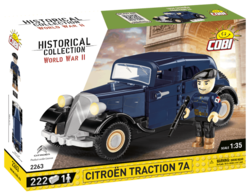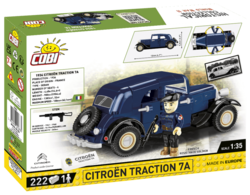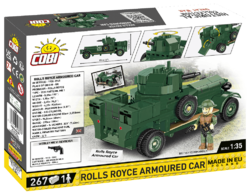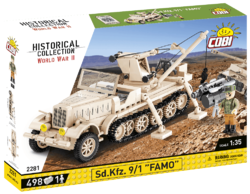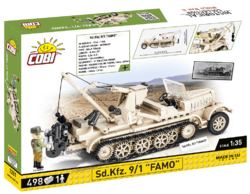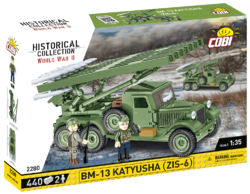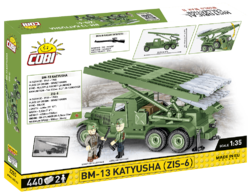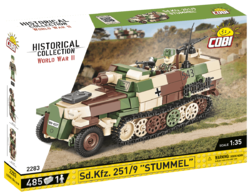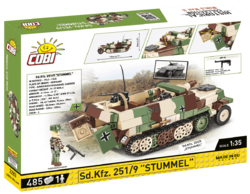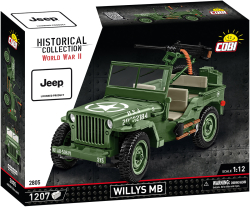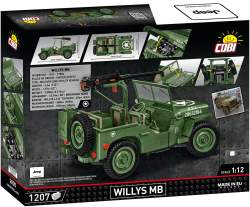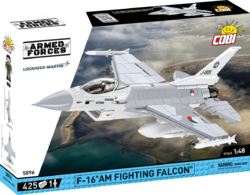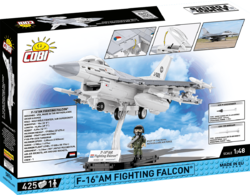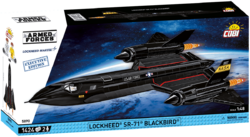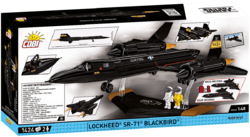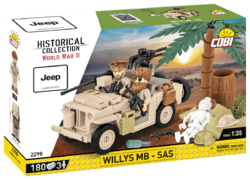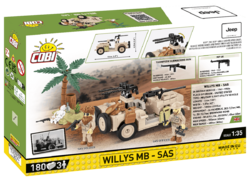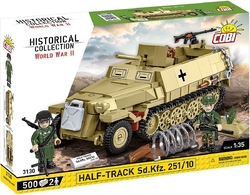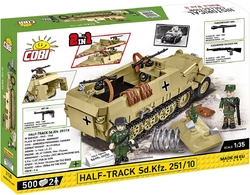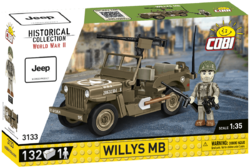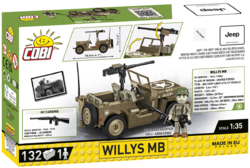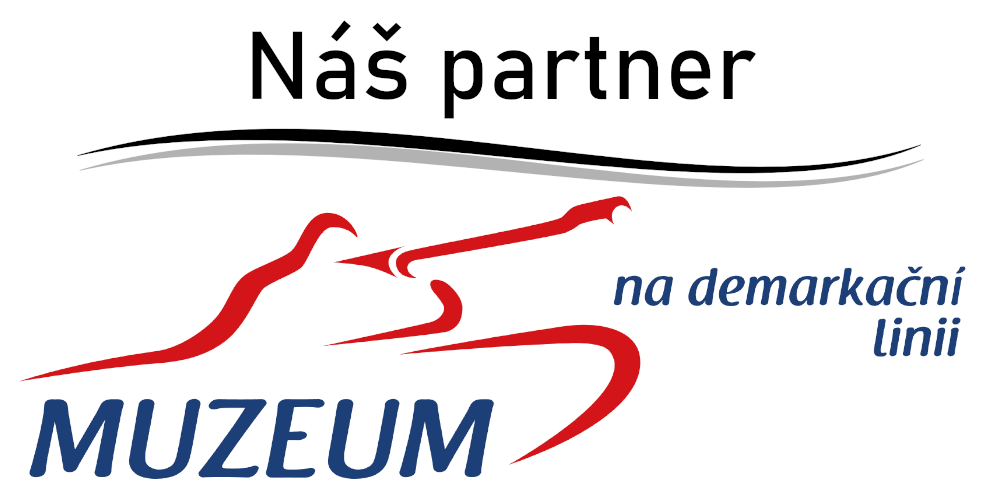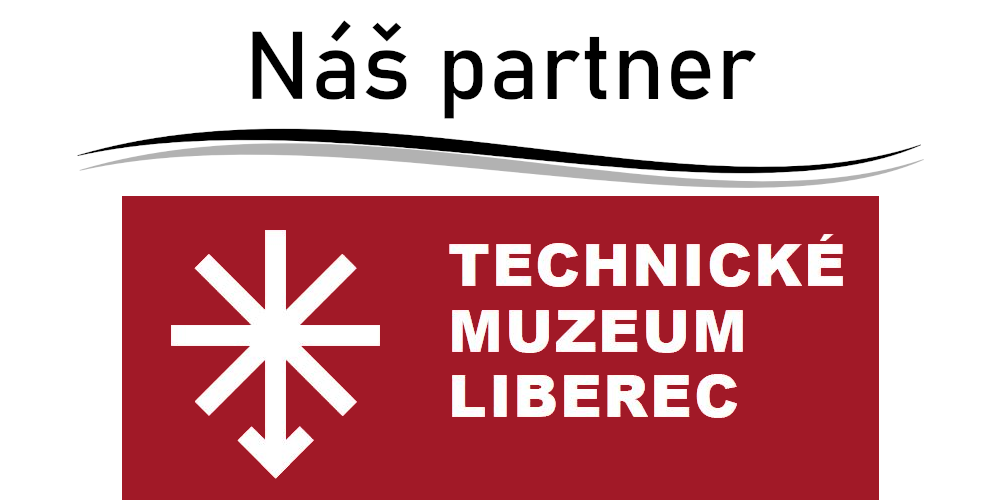Kit of light half-truck vehicle Sd.Kfz. 10 DEMAG D7 in sand camouflage of Afrikakorps. The assembled model has tools and crates attached to the sides. The vehicle's tracks are functional and can be easily driven on non-slippery surfaces. Also included is a figure of a German soldier with a water canister, which had gold price during the African campaign and a block with a description.
Show more
73 %
(3 Ranking)
599 Kč
pcs
Add to Cart
In stock - ready to ship (4 pcs)
| List Number: | COBI-2273 |
| EAN: | 5902251022730 |
| Warranty: | 24 months |
| Manufacturer: | COBI |
| Loyalty Points: | 4 |
| Price excluding VAT: | 495,06 Kč |
Description
Parametres
Files and Links4
Discussion
Reviews1

You know that:
- The development of the vehicle began as early as 1934 on the basis of a German army request for a small, manoeuvrable vehicle for towing trailers and transporting infantry.
- In 1934, Demag presented the first prototype, named Liliput, with a rear engine, which was indeed small according to the specifications, but unfortunately could not carry anything or anyone.
- The following year, the concept was completely redesigned with a more powerful engine, resulting in a vehicle that was used in many versions until the end of the war.
- The armouring of the vehicle was minimal and so it was later used mainly for supply purposes.
- Combat versions such as the Sd.Kfz. 10/4, an anti-aircraft vehicle, and the Sd.Kfz. 10/2, an anti-tank vehicle, were also produced. However, the effectiveness of such versions due to their inherent low protection was questionable.
- In total, more than 14,000 units were produced in various versions.
- The D7 version represented the final factory version with redesigned front fenders and a new Maybach engine.
Technical parameters Sd.Ffz.10:
- dimensions: length 4.74 m, width 1.83 m, height 1.62 m
- weight 3 400 kg
- power unit petrol 6-cylinder 4198 cc Maybach HL108 TURKM engine with 100 hp
- number of gears 7 forward + 3 reverse
- top speed 65 km/h, theoretically up to 75 km/h, but this speed was not used due to the life of the tracks
- range 285 km on the road or 150 km off-road
- wadeability 0.7 m
- fuel tank capacity 115 l
- maximum trailer towing weight 1000 kg
- crew 2 +6
Assembly instructions
| Version (series) | 06/2022 |
|---|---|
| Number of figurines | 1 pcs |
| Dimensions after assembly | 14,5 x 6 cm |
| Scale | 1:35 |
| Box dimensions | 27,5 x 20 x 6 cm |
| Package weight | 280 g |
| Number of pieces | 283 pcs |
| Recommended age | 7+ |
| Contains luminous blocks | No |
| Material | Plastic |
| Collection | World War II |
| Compatible with other brand of kits | Yes |
| COBI-2273-scene-front | Show |
| COBI-2273-box-back | Show |
| COBI-2273-box-front | Show |
| COBI-2273-scene-back | Show |
Discussion is empty.
73 %
5
2x
4
0x
3
0x
2
0x
1
1x




































